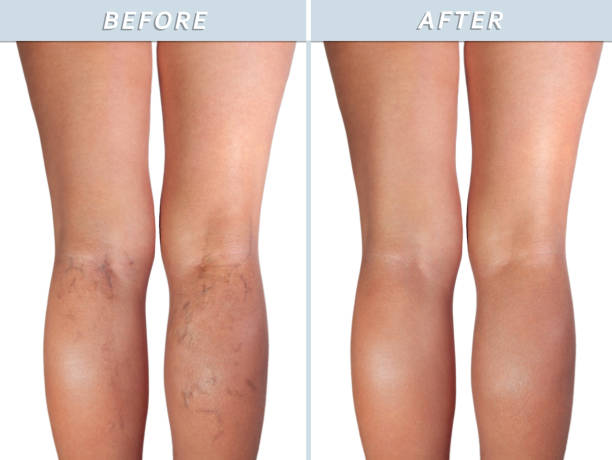Seven Strategies For Getting Free Of Varicose Venous

Varicose veins are enlarged, ropelike blood vessels that protrude out from your skin. They may cause pain, swelling and itchiness in your legs and feet.
You can treat them at home by making simple lifestyle adjustments. In this include: an nutrient-rich diet, frequent exercise and elevated feet.
1. Eat a Healthy Diet
Varicose veins, which are swelling and twisting vessels that rise out from your skin. They can trigger pain and an uncomfortable sensation in your legs. Ablation of veins and sclerosing could be helpful in some instances.
The procedure involves injecting a substance into the affected vein, which causes damage to the walls of the vein. The damaged veins eventually close and then become reabsorbed. You can easily locate effective info concerning Varicose Veins at https://swiatzdrowia24.pl/proveiner-forte-recenzja-kapsulek-na-zylaki-nog/.
Take advantage of plenty of fruit and other vegetables in order to keep the health of your food plan. You should also avoid foods with a high amount of salt or are rich in fat. Consider taking supplements such as coenzyme, omega-3 oil or Ginkgo.
2. Exercise Regularly
It's not just important for weight loss and maintaining the health of your body, it also helps in preventing varicose veins. It can increase blood flow and improve the calves' strength, which can reduce the pain and swelling due to varicose veins.
Walking can be a fantastic exercise to improve your circulation. You can also try other exercises that are low impact including biking, or using an elliptical machine. However, you should stay clear of high-impact workouts like running. This can result in an excessive amount of strain and strain on legs. If you choose to run, be sure to run on soft surface like dirt trails or grass.
3. Avoid Sitting or Standing for long periods of time.
Varicose veins are formed as blood gathers in the legs, causing tension to rise within the blood vessels. The walls of the veins and cause them to swell and bulge, twist, or swell. These veins can be seen in the skin.
Varicose Veins can cause minor swelling over time and can result in more serious issues including skin lesions. It's crucial to talk to your doctor regarding your symptoms.
You doctor might suggest an operation for treating varicose venous. The procedures are more minimally painful than surgeries and have shorter recovery times.
4. Elevate Your Legs
Your doctor might recommend that you regularly elevate your legs in order to alleviate pressure or pain on your legs, especially if you suffer from varicose. It is also possible to increase blood flow by exercising regularly particularly exercises that work your calf muscles and leg. They do a much better task of pumping blood to your heart, compared to slow, weak vessels.
Elevating your legs regularly by not crossing them when sitting, wearing loose clothes and staying away from long hours of sitting can help to prevent varicose veins becoming worse. If you are experiencing slight symptoms, these lifestyle modifications could be sufficient to alleviate the symptoms. The doctor may recommend an invasive procedure if your symptoms are not alleviated.
5. Dress in Comfortable Clothes
Varicose veins can be caused by damaged valves inside the veins of your legs. Wearing compression stockings can help by applying constant tension to your legs, which improves circulation and lessens the swelling that occurs in your legs.
The skin can be irritated and cause ulcers and open sores. They may also cause blood clots as well as other medical problems.
For a better chance of avoiding these issues You should attempt to prevent varicose veins by making lifestyle changes. When you work in an office, for example you should take breaks at least every 30 minutes to walk and get up.
6. Avoid Tight-Fitting Clothes
Varicose veins are caused by anything that places excessive tension on your veins. Clothing that is tight, like girdles and shapewear, can restrict blood flow. The high heel and the tight shoe could affect blood flow.
Dress loosely and wear shoes that are not too snug, such as high heels, to prevent varicose veins developing or becoming worse. Work out regularly to tone the muscles around your legs. This will help the flow of blood more smoothly through the veins. Lift your legs while you sit or stand for long time. Take frequent walks and breaks.
7. It is now possible to modify your location
If the one-way valves in a vein are damaged the varicose vessel can grow. They are the valves that keep flow of blood towards the heart. In the absence of these valves, blood pools inside your veins, which causes them to swell up. The swelling and pain of the legs and feet may be the result of varicose vessels. Varicose veins may also trigger more serious problems, like bleeding ulcers.
